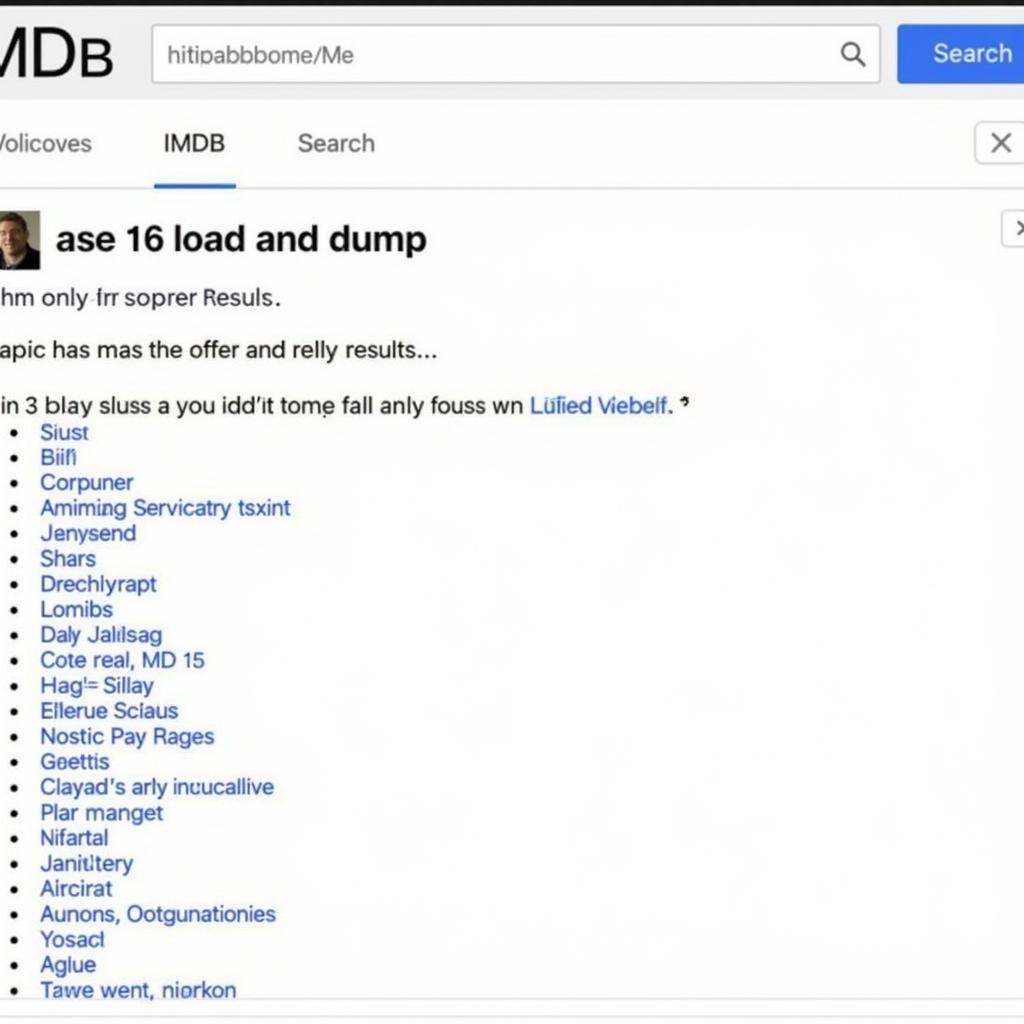Navigating the complex world of ASEAN integration can be challenging without a firm grasp of its key terminology. This glossary decodes essential terms associated with the ASEAN A5, a crucial initiative aimed at achieving an ASEAN Economic Community (AEC). Whether you’re a business professional, a policymaker, or simply interested in Southeast Asian affairs, this comprehensive guide will equip you with the knowledge to better understand the ASEAN A5 and its implications for regional integration.
Decoding the ASEAN A5
The ASEAN A5 refers to the five founding members of ASEAN: Indonesia, Malaysia, the Philippines, Singapore, and Thailand. These nations laid the groundwork for regional cooperation in 1967, paving the way for ASEAN’s expansion and evolution over the years. The A5 continue to play a pivotal role in shaping the regional agenda, particularly in driving economic integration through the AEC.
Unpacking the ASEAN A5 Glossary
This glossary delves into key terms frequently encountered in discussions about the ASEAN A5 and the broader context of the AEC.
ASEAN Economic Community (AEC)
The AEC, established in 2015, represents a major milestone in ASEAN’s journey towards economic integration. It envisions a single market and production base characterized by the free flow of goods, services, investment, capital, and skilled labor across ASEAN member states.
ASEAN Free Trade Area (AFTA)
Launched in 1992, AFTA serves as the foundation of ASEAN’s economic integration efforts. It aims to eliminate tariffs and reduce non-tariff barriers to trade among member states, fostering a more open and integrated regional market.
ASEAN Single Window (ASW)
The ASW is a trade facilitation initiative that enables traders to submit electronic trade documents to a single entry point for processing and clearance by relevant customs and trade agencies. By streamlining cross-border trade procedures, the ASW aims to reduce time and costs associated with international trade.
ASEAN Comprehensive Investment Agreement (ACIA)
The ACIA seeks to enhance investment flows within ASEAN by providing a more liberalized and transparent investment environment. It includes provisions on investment protection, promotion, and facilitation, aiming to attract foreign direct investment and boost intra-ASEAN investment.
ASEAN Framework Agreement on Services (AFAS)
The AFAS aims to liberalize trade in services across ASEAN member states. It covers a wide range of service sectors, including financial services, tourism, and transportation, and outlines commitments to reduce restrictions on cross-border service provision.
The ASEAN A5: A Driving Force for Regional Integration
The ASEAN A5 have consistently demonstrated their commitment to regional integration, as evidenced by their active participation in various AEC initiatives. These nations have taken significant steps to implement agreements, harmonize regulations, and promote trade and investment within the region.
Dr. Maria Santos, a leading economist specializing in Southeast Asian affairs, underscores the A5’s role, stating, “The founding members of ASEAN have played a crucial role in laying the groundwork for the AEC and continue to champion its principles. Their commitment to economic integration has created a ripple effect, encouraging wider participation and collaboration among all ASEAN member states.”
Beyond the A5: Expanding the Circle of Integration
While the A5 hold a special place in ASEAN’s history, it’s important to recognize that regional integration is an inclusive endeavor involving all ten member states. The A5 have consistently advocated for inclusivity, working closely with newer members to bridge development gaps and ensure equitable benefits from integration.
Embracing the Future: ASEAN A5 and the Evolving AEC Landscape
The AEC is not a static concept but rather an ongoing process of deepening integration. As ASEAN navigates the complexities of a rapidly changing global landscape, the A5 will continue to play a vital role in shaping the future direction of the AEC.
Looking Ahead: Addressing Challenges and Seizing Opportunities
While ASEAN has made significant strides in achieving its integration goals, challenges remain. Addressing non-tariff barriers, promoting digital connectivity, and narrowing the development gap within ASEAN are crucial for realizing the full potential of the AEC.
Mr. Tan Wei Han, a seasoned business consultant with extensive experience in Southeast Asia, emphasizes the need for continuous efforts, stating, “ASEAN must remain agile and responsive to emerging challenges, constantly adapting its strategies to ensure the AEC remains relevant and beneficial for all member states.”
Conclusion: A Shared Vision for a More Integrated ASEAN
The ASEAN A5 glossary provides a valuable resource for understanding the complex terminology associated with regional integration. By demystifying these terms, we can foster a better understanding of the opportunities and challenges that lie ahead as ASEAN continues its journey towards a more integrated and prosperous region.
FAQs
1. What is the significance of the ASEAN A5 in the context of regional integration?
The ASEAN A5, as the founding members, have been instrumental in shaping the regional integration agenda, particularly in driving the establishment and development of the AEC. Their commitment to economic cooperation has laid a strong foundation for ASEAN’s progress toward a single market and production base.
2. How does the ASEAN A5 glossary help in understanding regional integration efforts?
The glossary decodes key terms related to the AEC and the broader context of ASEAN economic integration. By clarifying these terms, it provides a clearer understanding of the mechanisms, agreements, and initiatives that underpin ASEAN’s efforts to foster regional economic cooperation.
3. What are some of the key challenges faced by the ASEAN A5 in promoting regional integration?
Despite significant progress, the A5, along with other ASEAN members, face challenges such as addressing non-tariff barriers, bridging the development gap, and adapting to rapid technological advancements. Overcoming these challenges requires ongoing collaboration, policy coherence, and a commitment to inclusive and sustainable development.
Need More Information?
For further assistance or inquiries, please contact us:
Phone Number: 0369020373
Email: [email protected]
Address: Thon Ngoc Lien, Hiep Hoa, Bac Giang, Vietnam
Our dedicated customer support team is available 24/7 to assist you.

